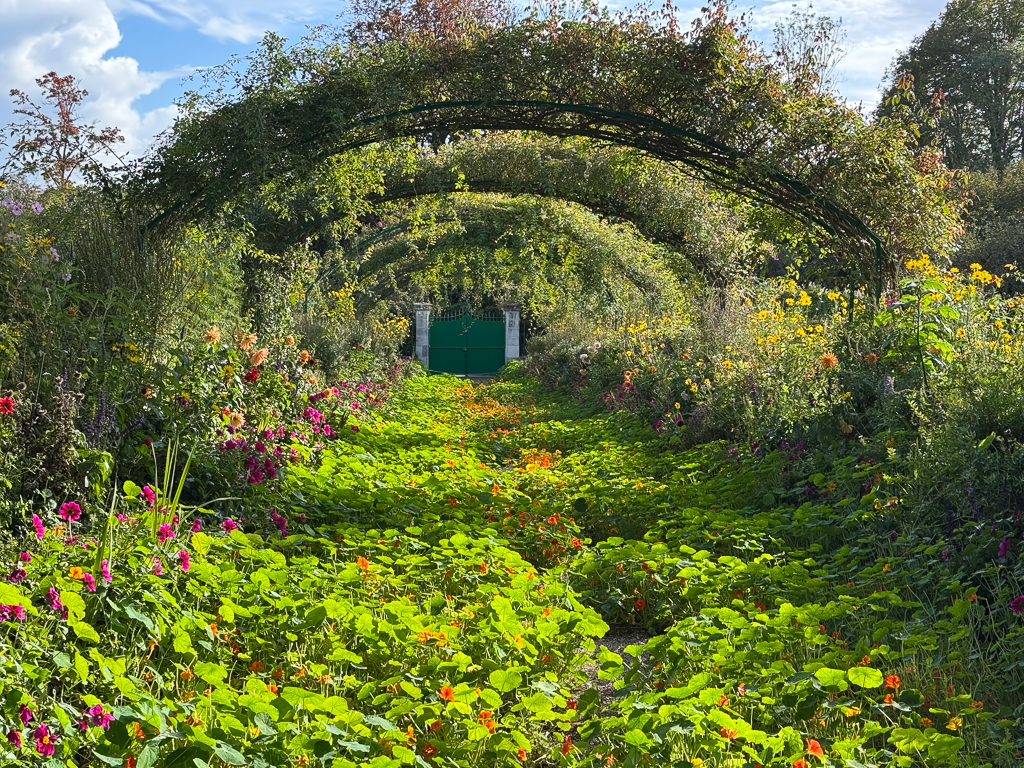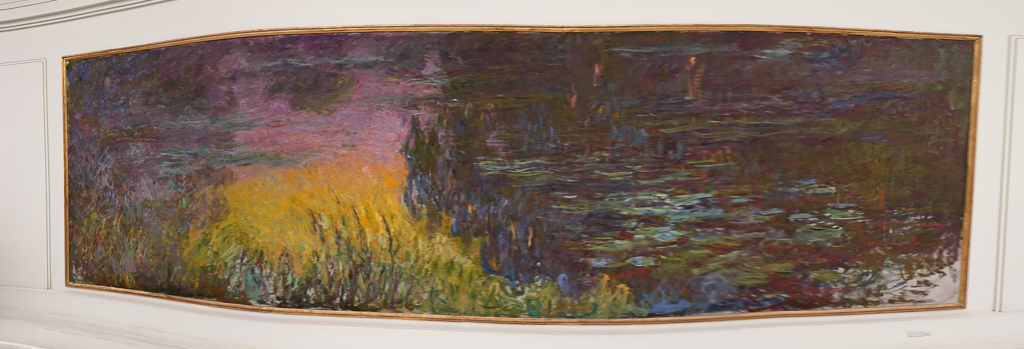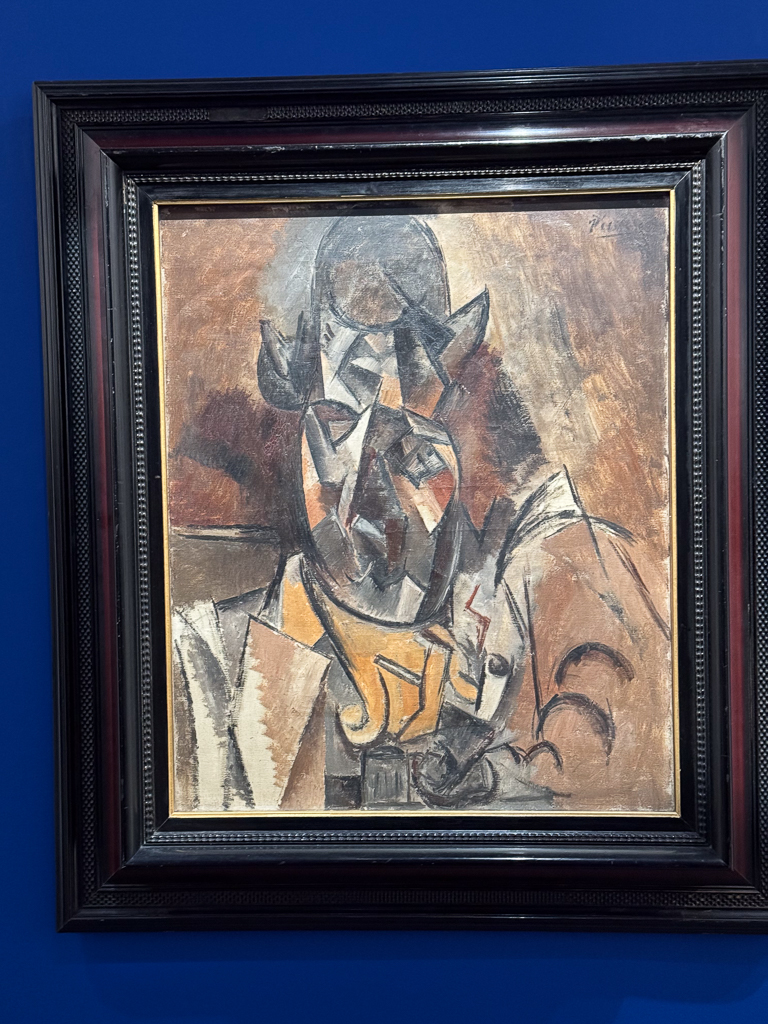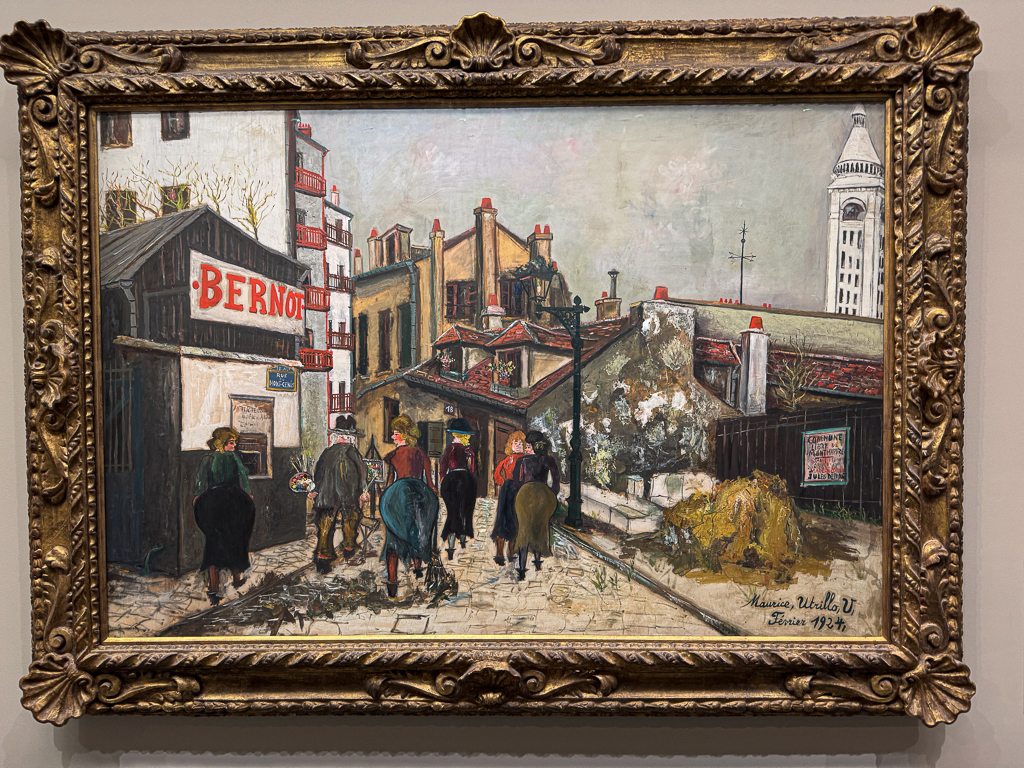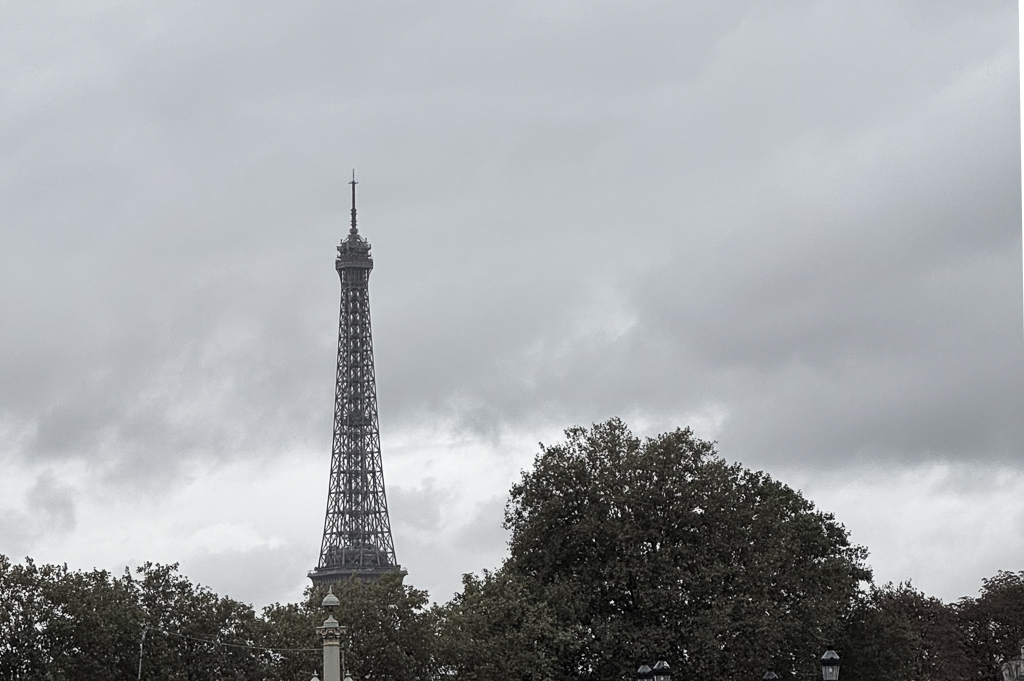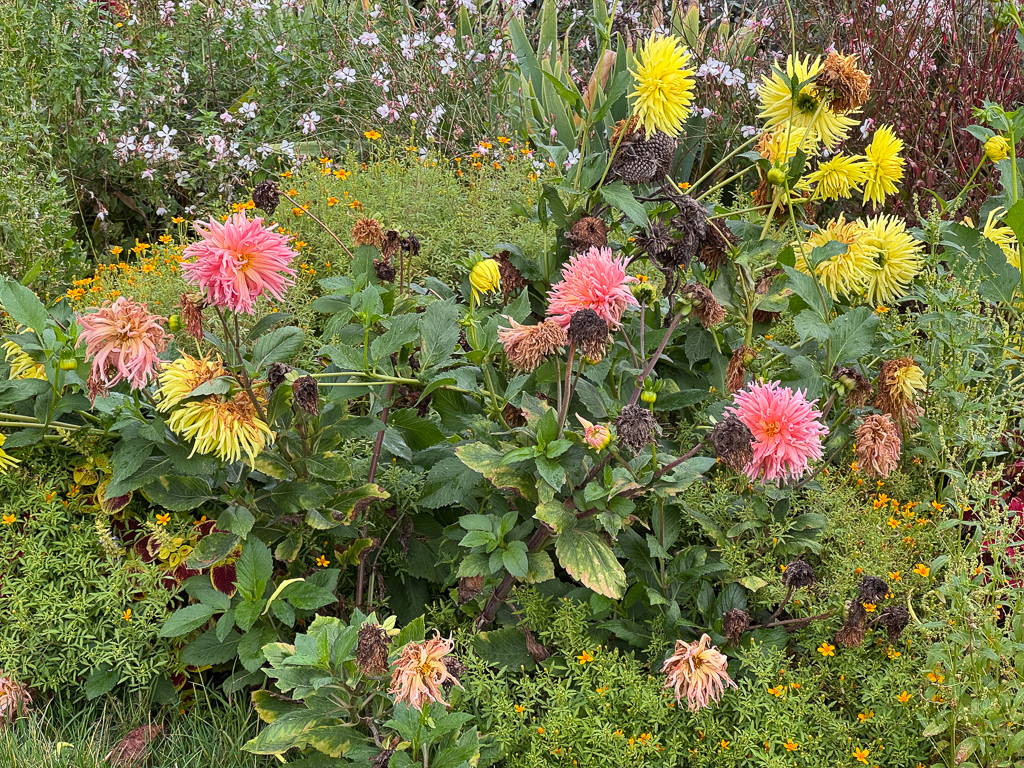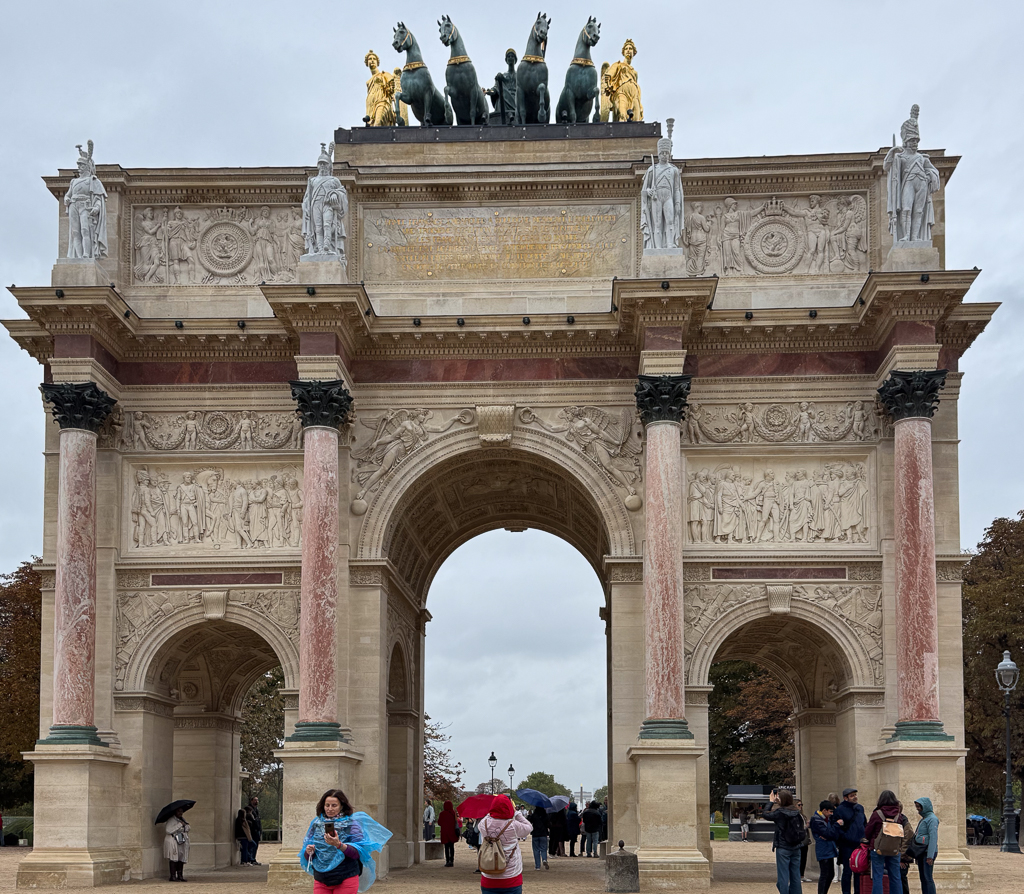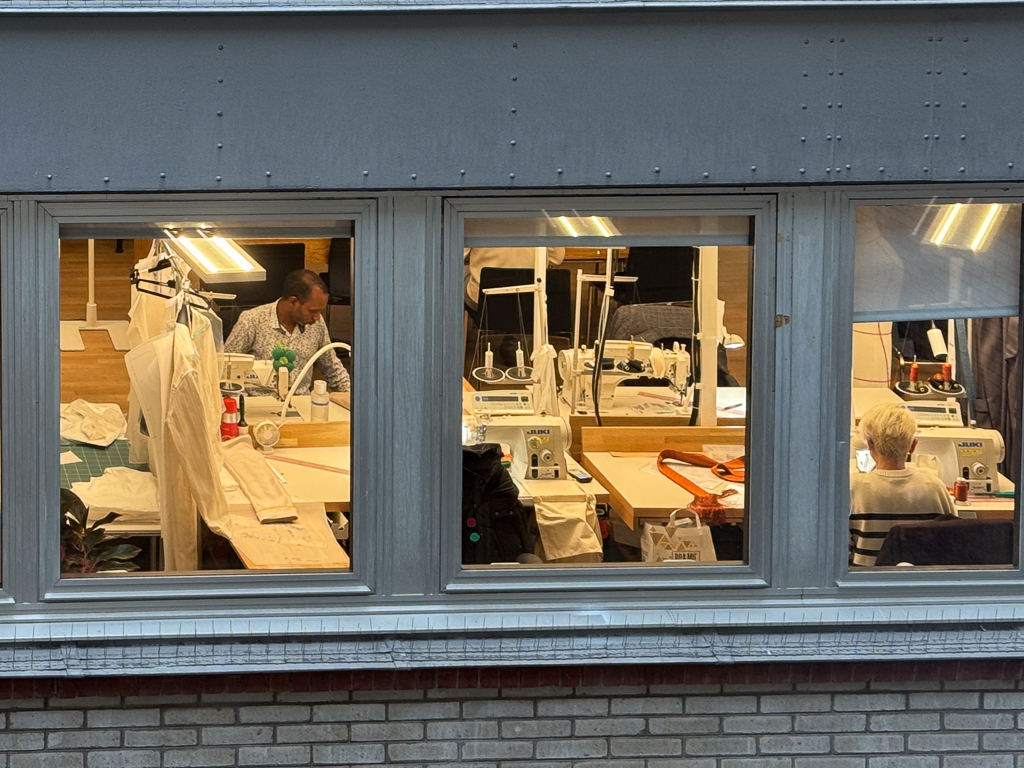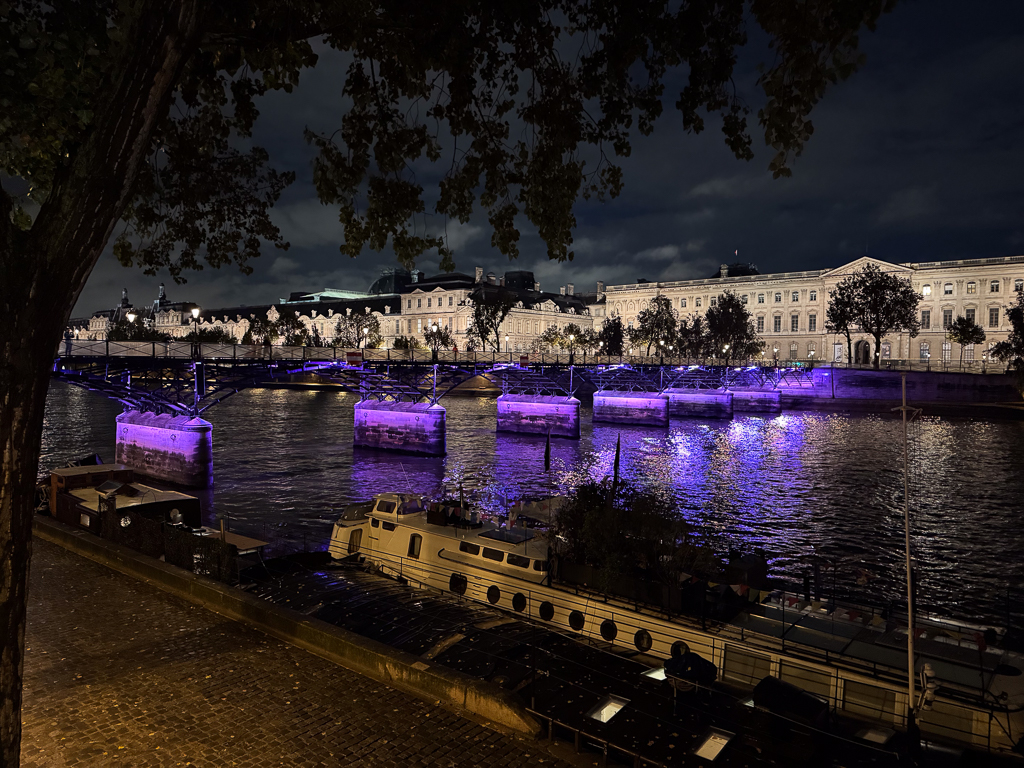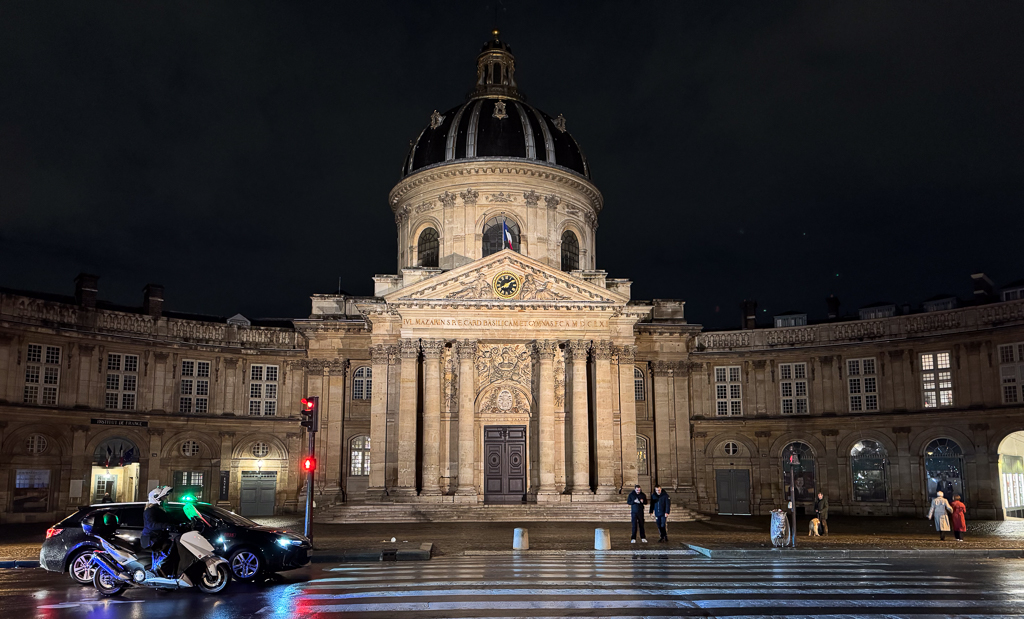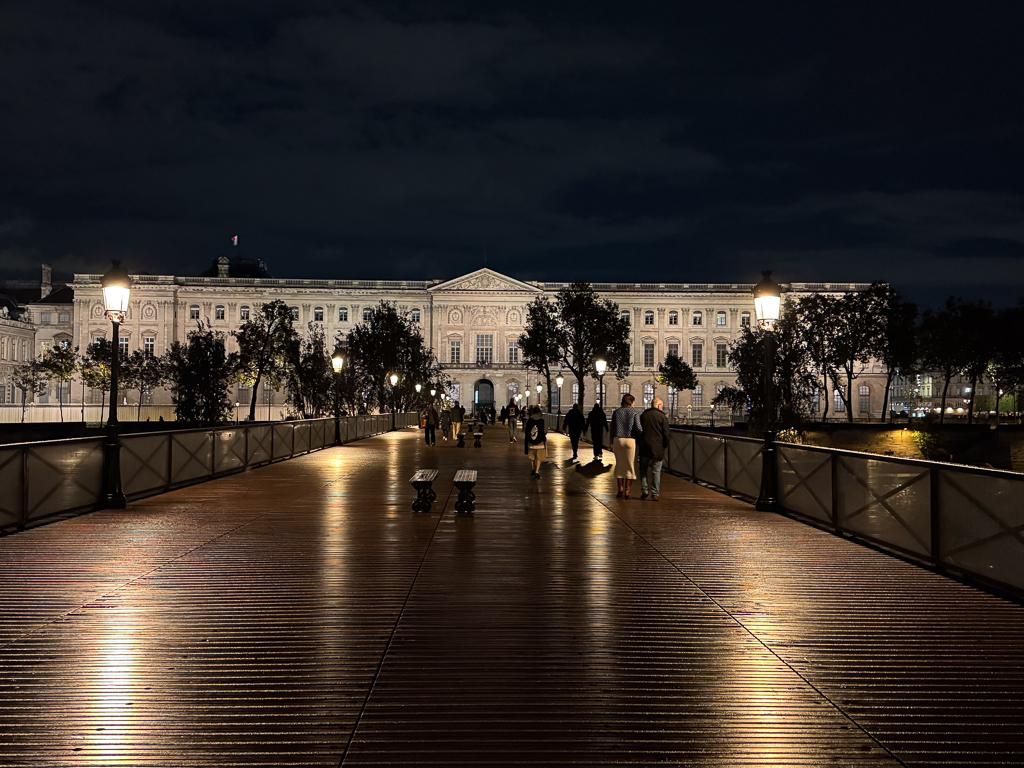We didn’t have plans for this morning, so we decided to go out to Père Lachaise Cemetery, a half-hour away by Metro. I thought we’d probably see Jim Morrison’s grave, but I was hoping to find other memorials of interest, and I did.
We began with Gertrude Stein (and added our own pebbles to the ones on her grave).
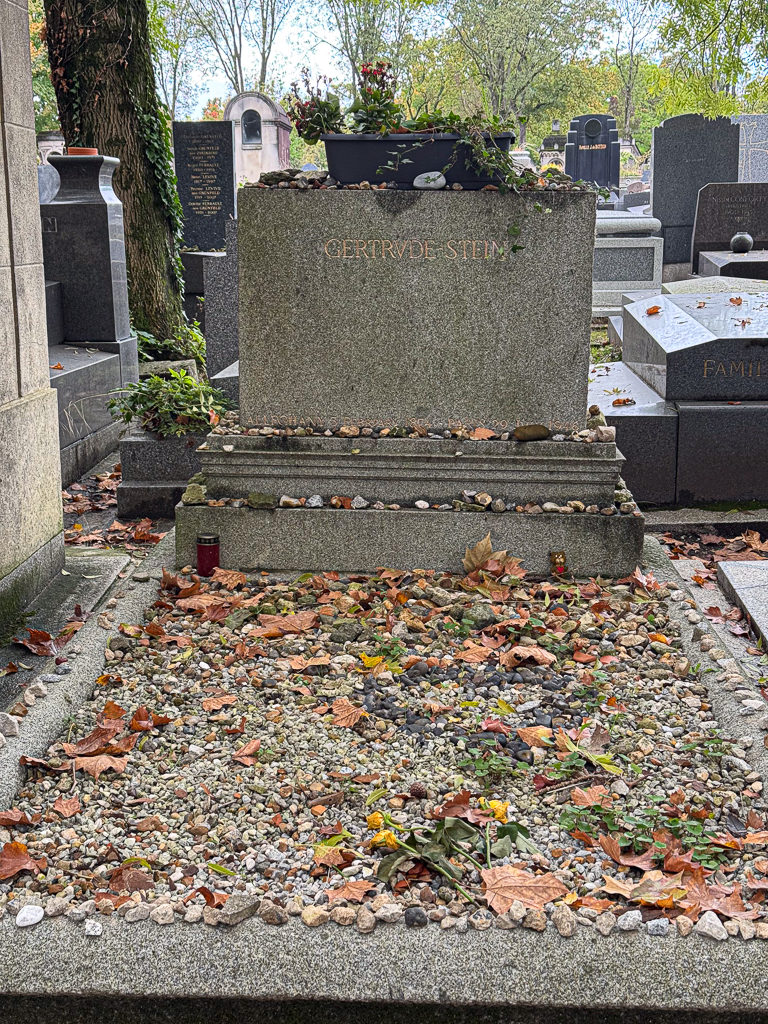
About a hundred meters away, we saw some large and impressive monuments. It turns out that they were monuments to the victims of the Nazis – Jews, Resistance fighters, and others. Here are just a few.
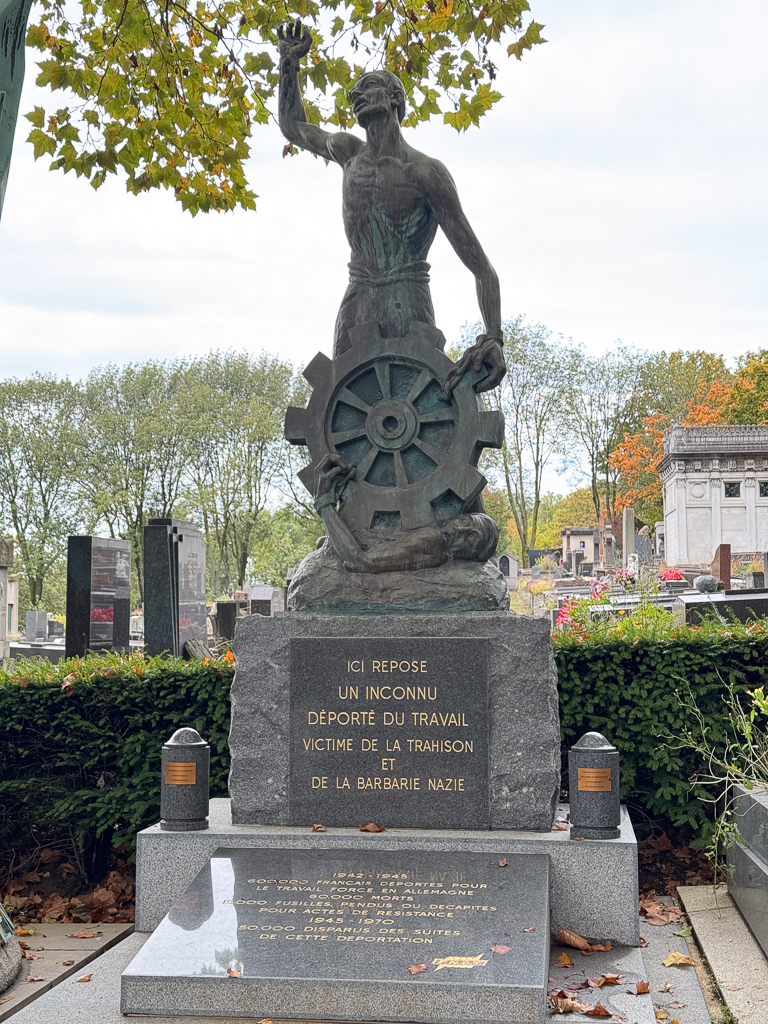
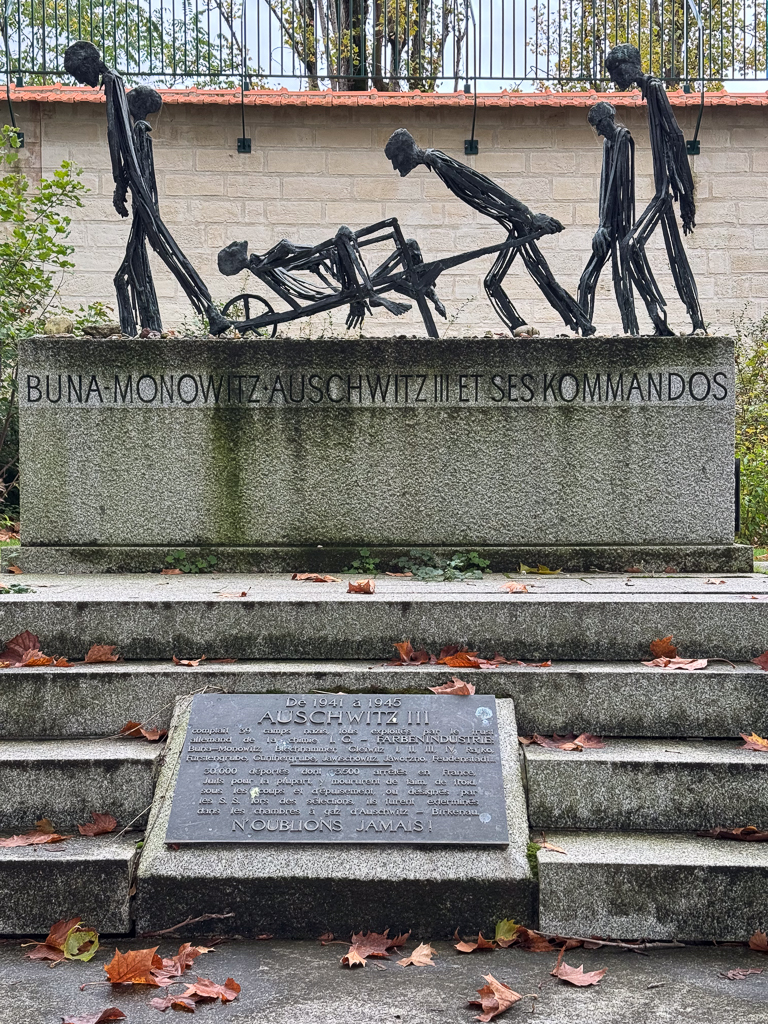
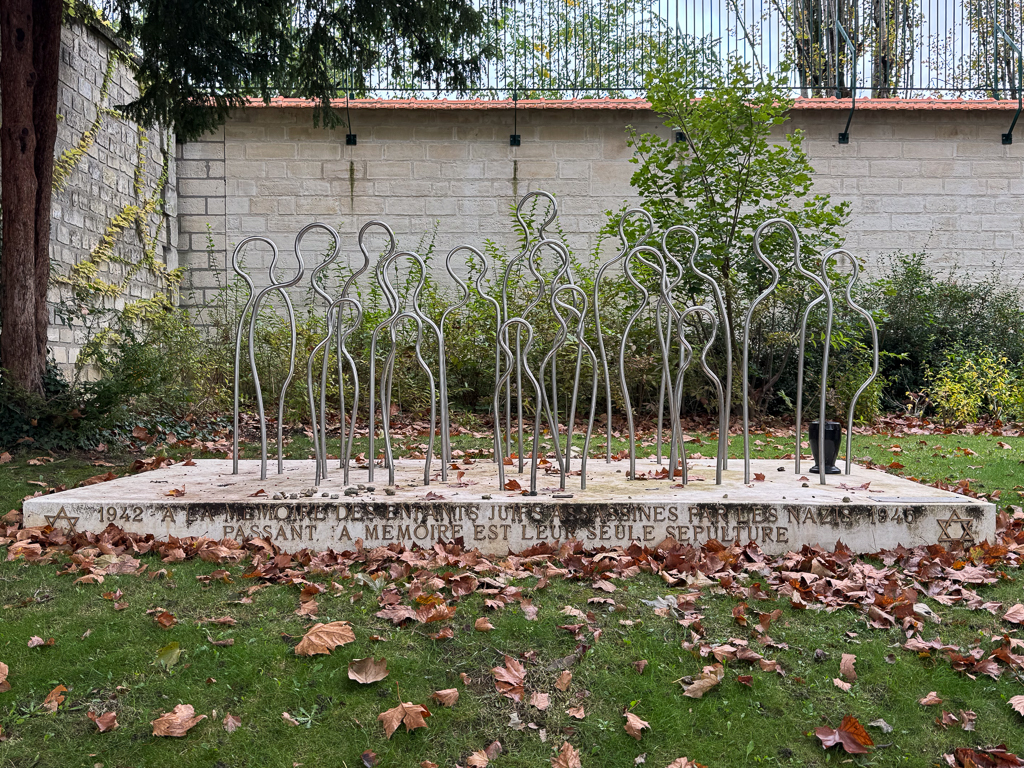
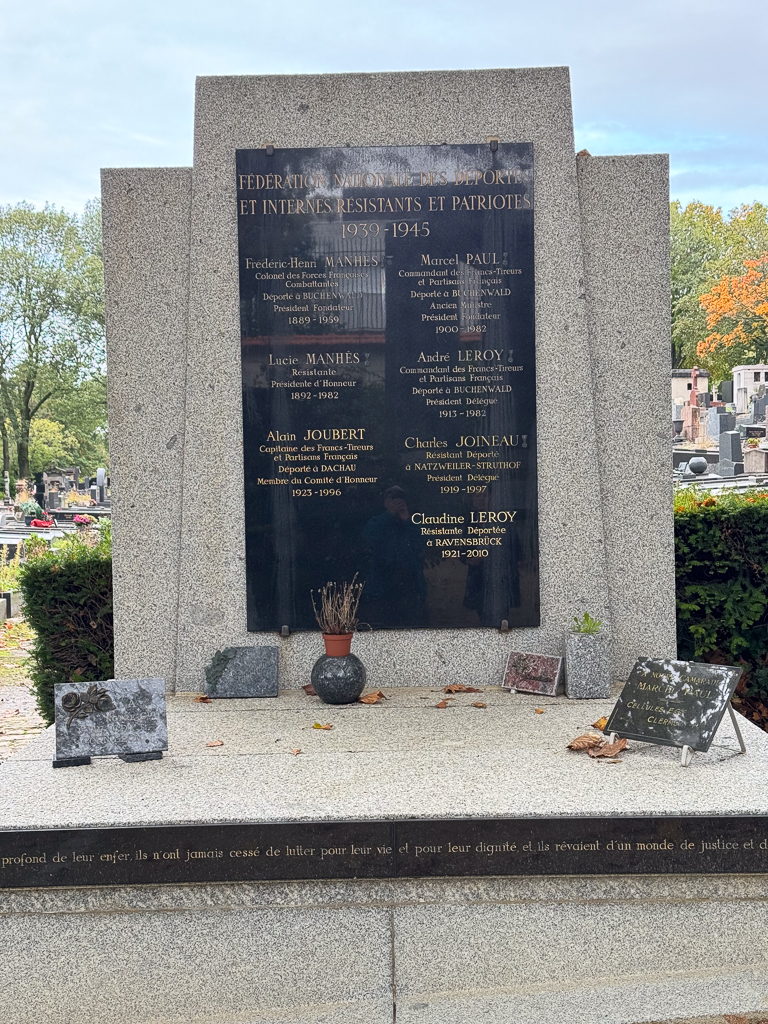
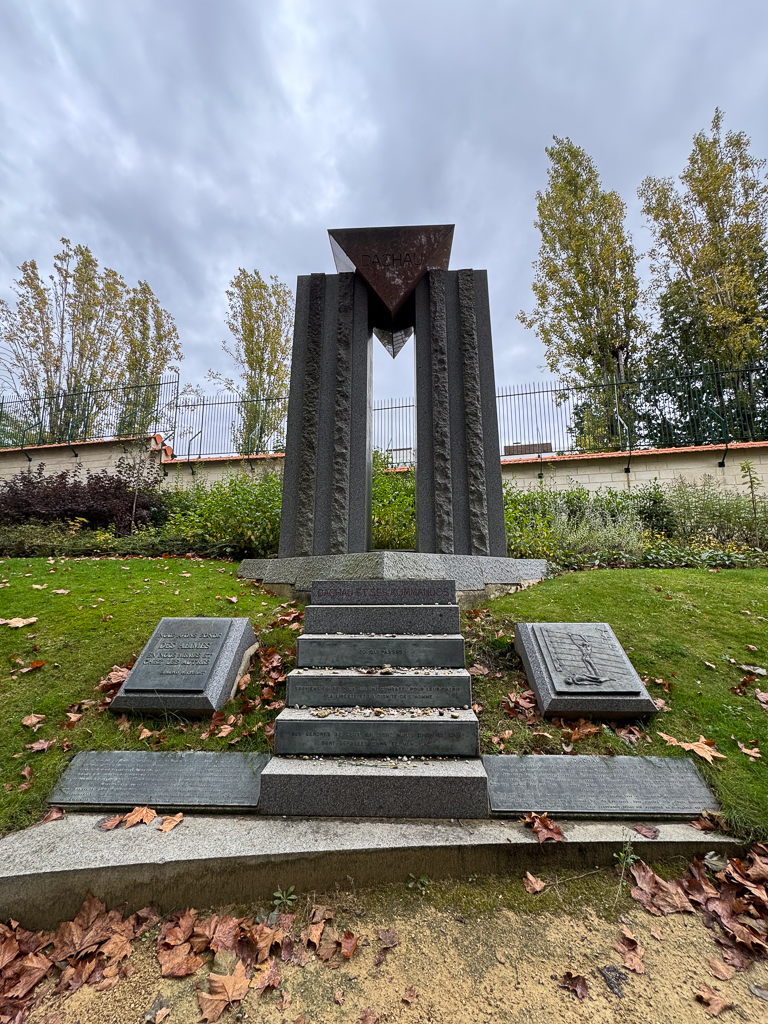
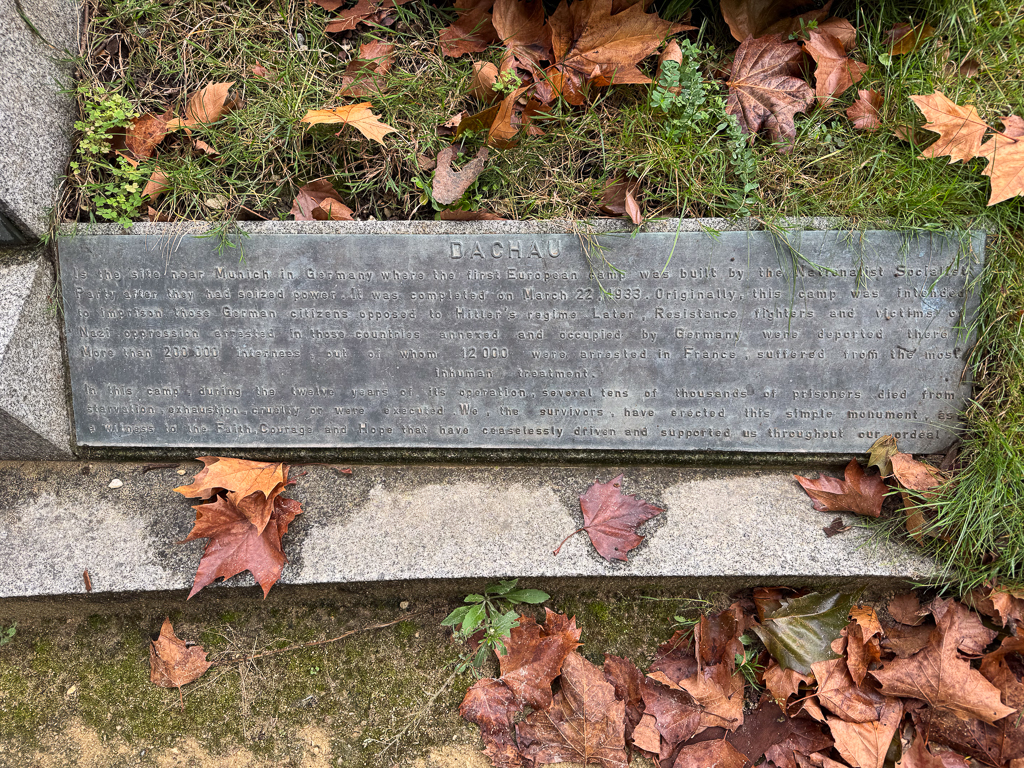
A little farther down the path, we saw several gravesites of members of the French Communist Party’s Central Committee, as well as one for Maurice Auden, a mathematician, communist, and Algerian freedom fighter who was tortured to death by the French army.
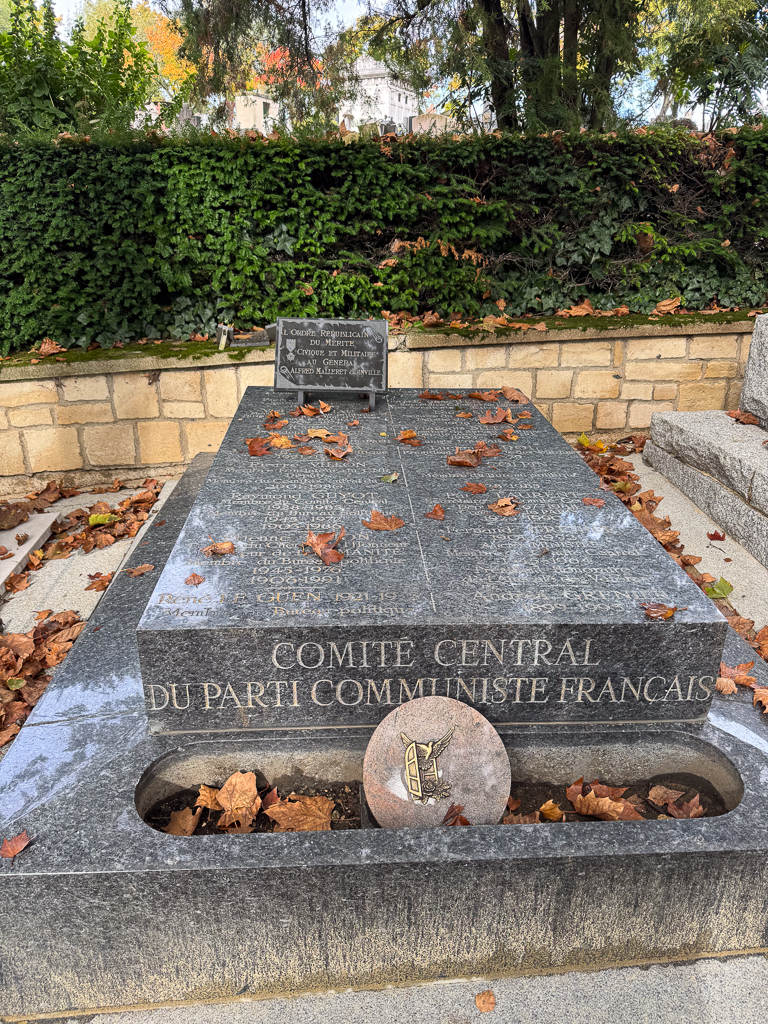
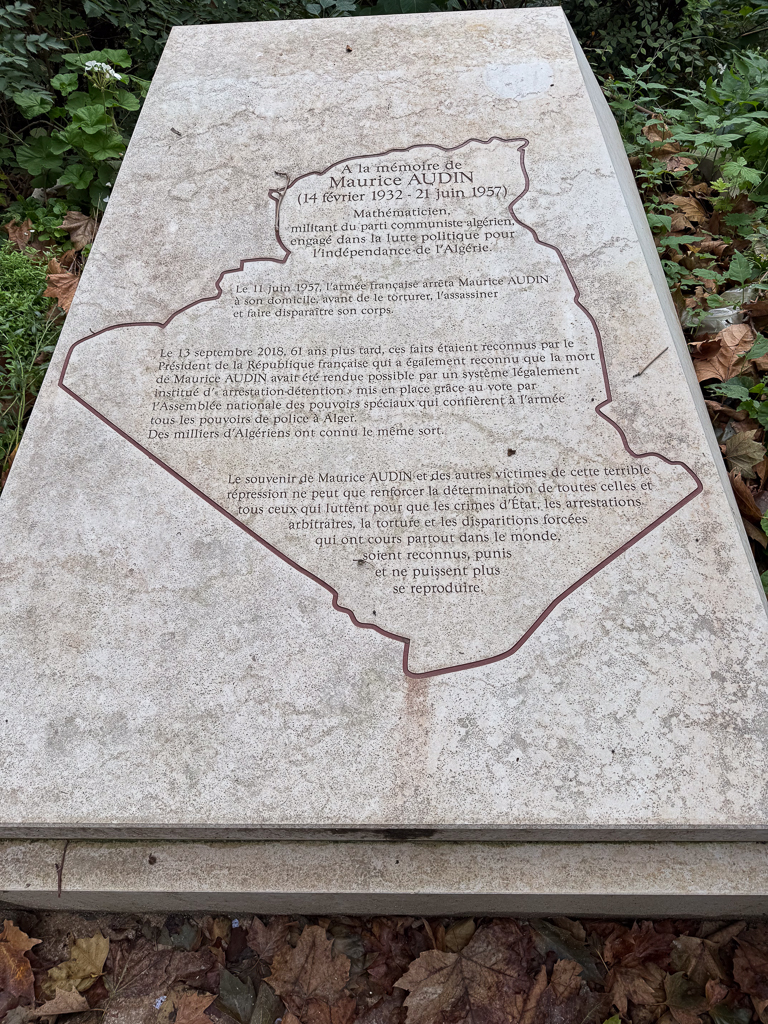
We did eventually visit Jim Morrison’s grave. We were not alone, unlike the other memorials we’d visited.
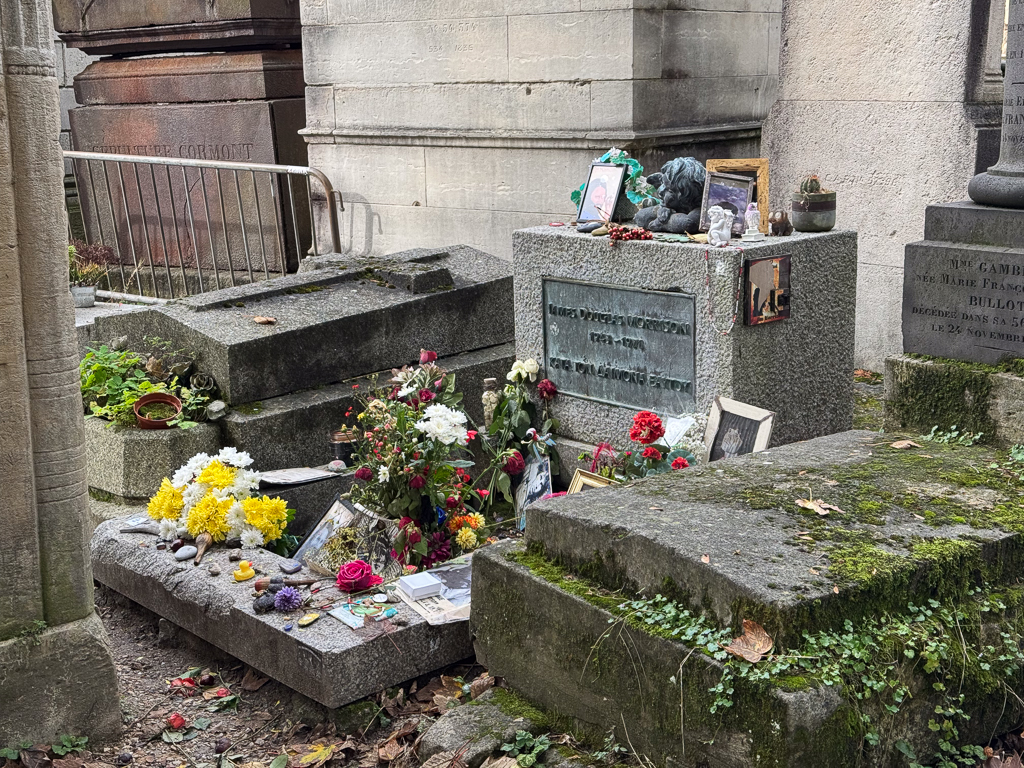
We left the cemetery and had lunch at Bistrot Pere, which had quite a few Sengalese dishes on their menu. I had the Yassa chicken and Diane had the Thieb chicken – both were yummy. So were the desserts, which were more typically French (chocolate mousse and Speculoos cheesecake).
We hopped onto the Metro to go to the Etoile to join our afternoon tour to Giverny and Monet’s gardens – we nearly didn’t make it! There was a problem on the system and instead of being in each station for one minute, our train was there for three or four minutes each time. We got off one station early and walked the rest of the way (three blocks), arriving in time for the one-hour ride to Giverny.
We began the tour with a trip to Giverny cemetery to pay our respects to Monet; we saw a few other interesting memorials there, too.
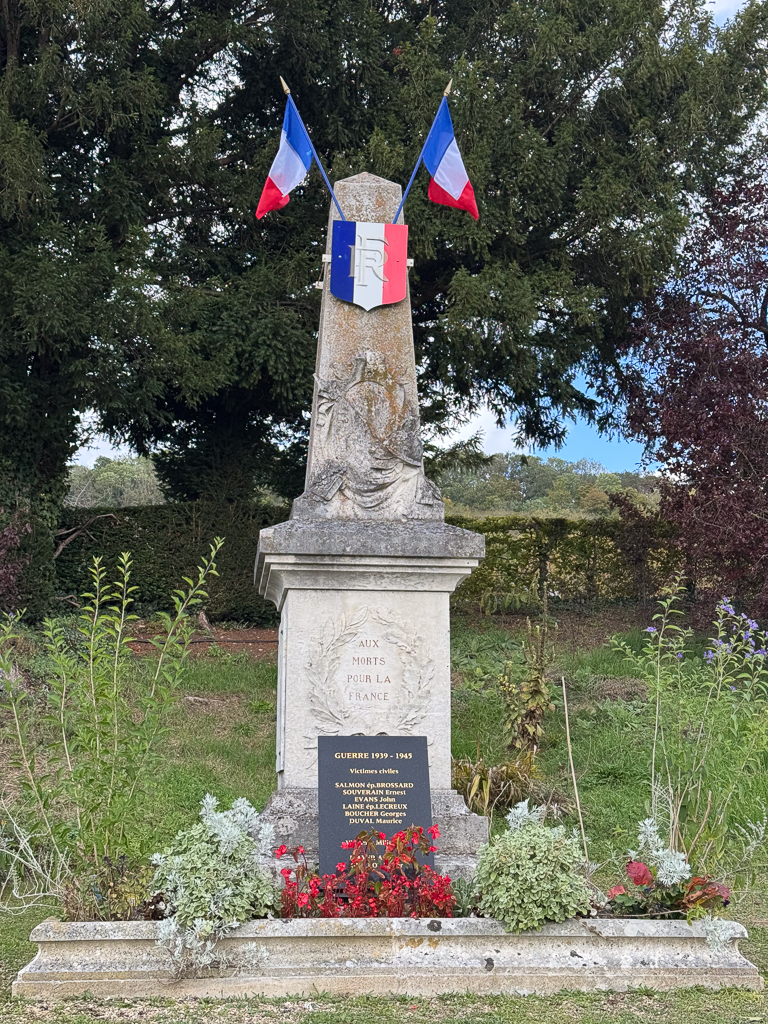
Seven British airmen crashed in Giverny on the night after D-Day and are buried in the cemetery there.
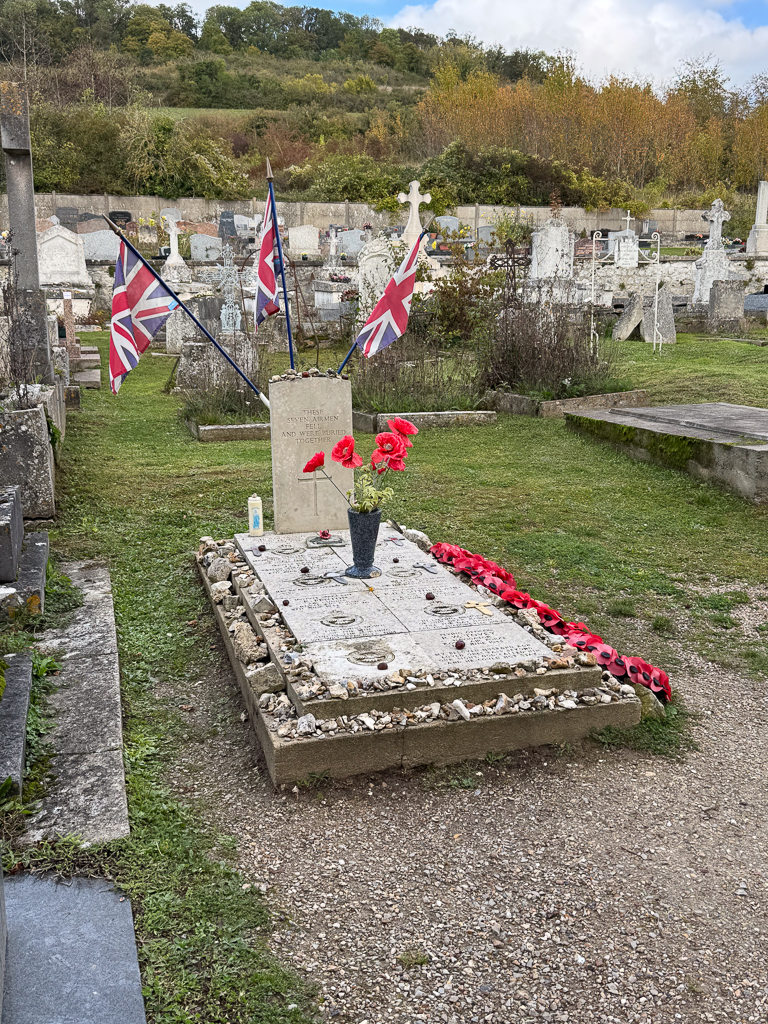
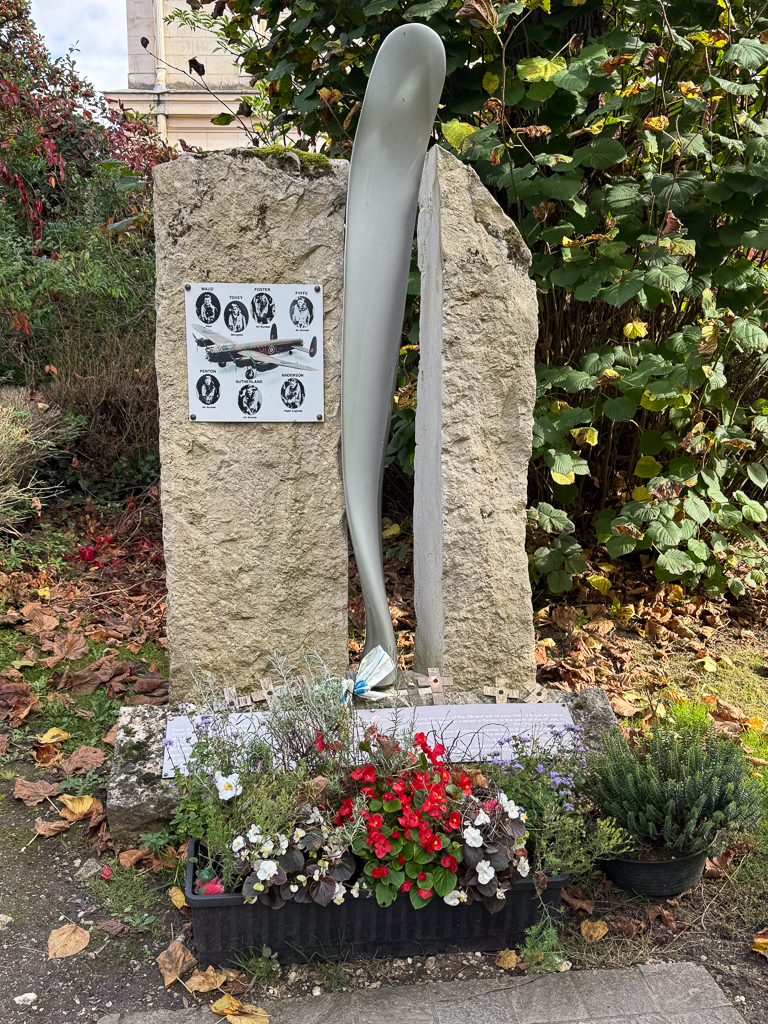
Monet and his family are buried in the cemetery, too.
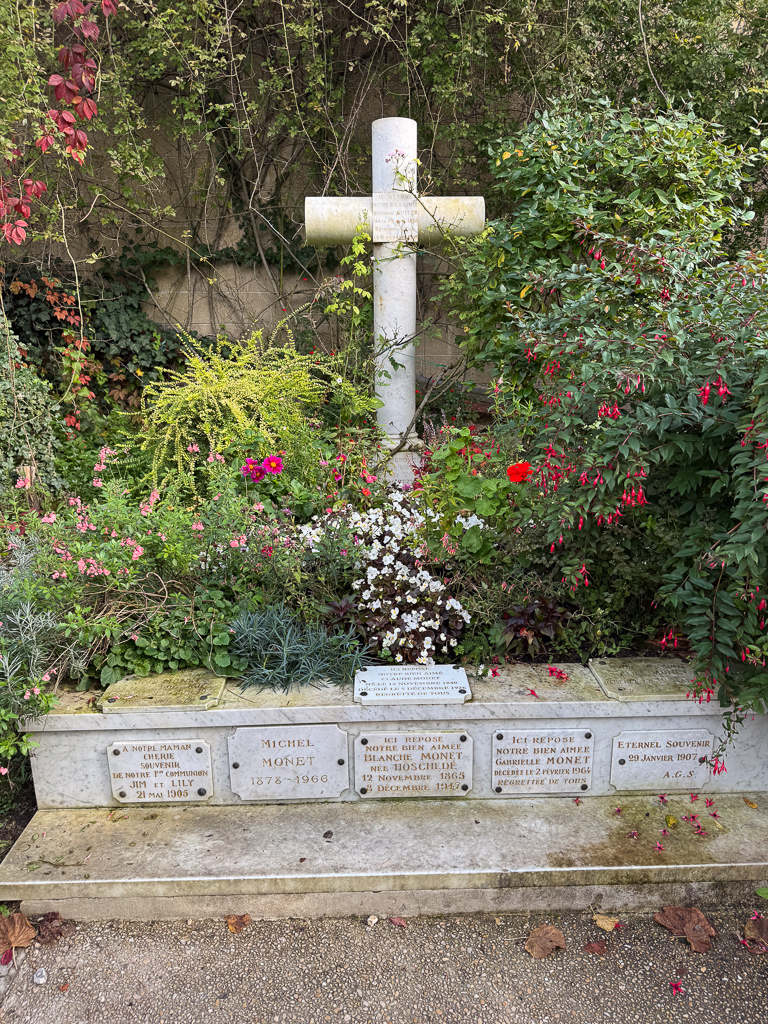
And then it was on to Monet’s gardens (and house). The gardens were absolutely beautiful; I took far too many photos to share.
We started in the Water Lilies Garden.
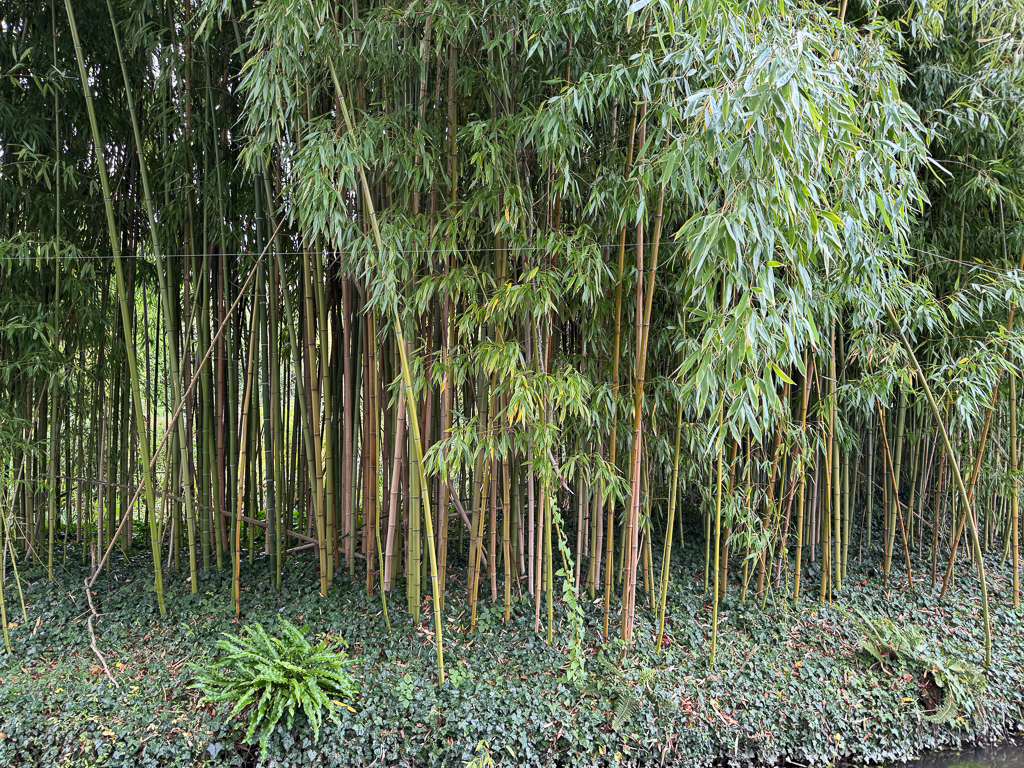
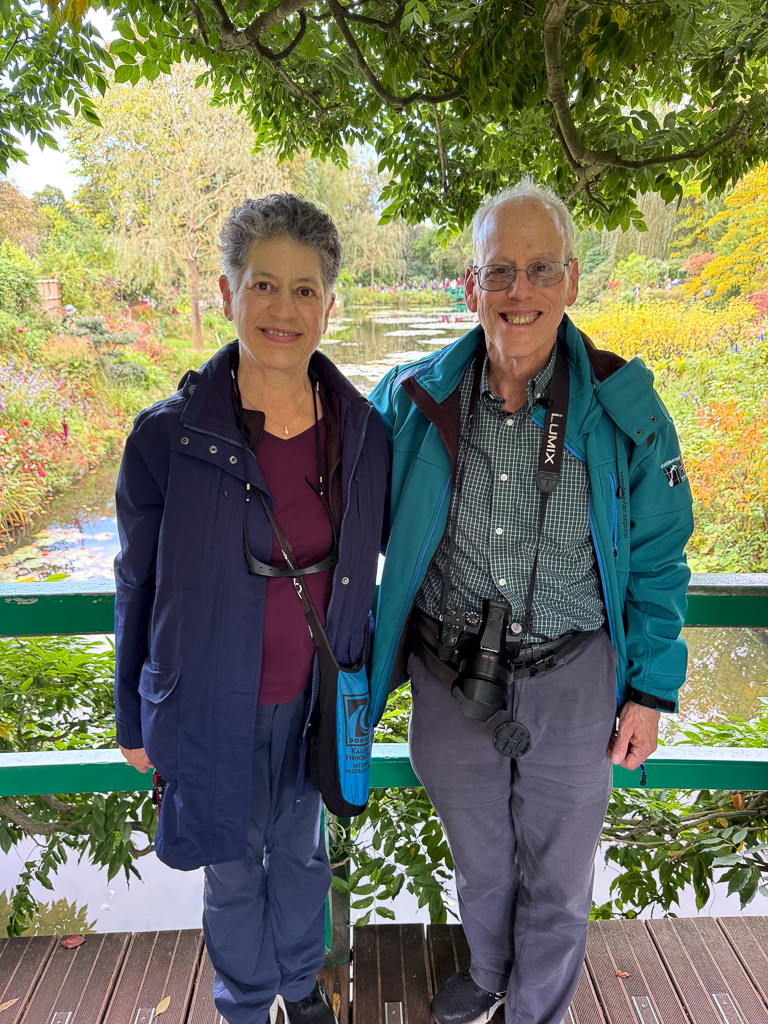

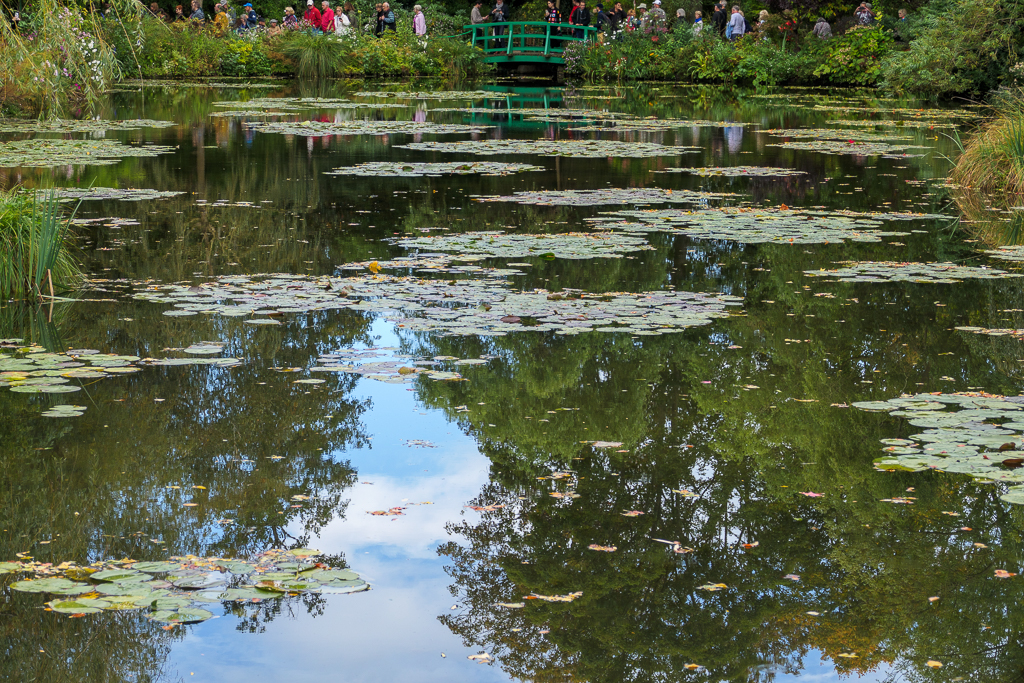
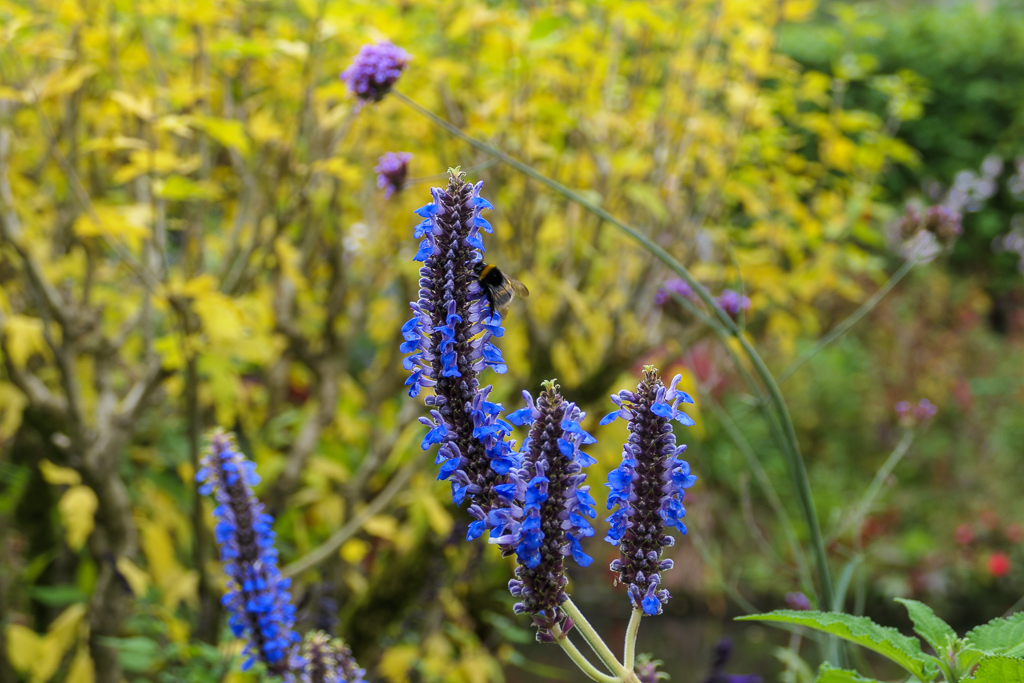
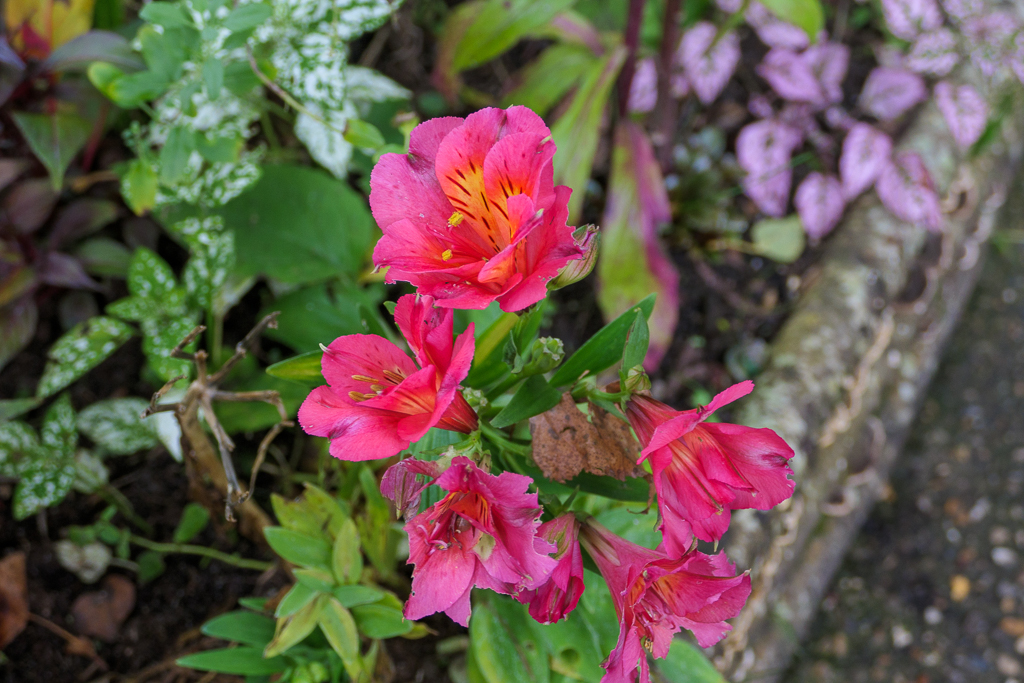
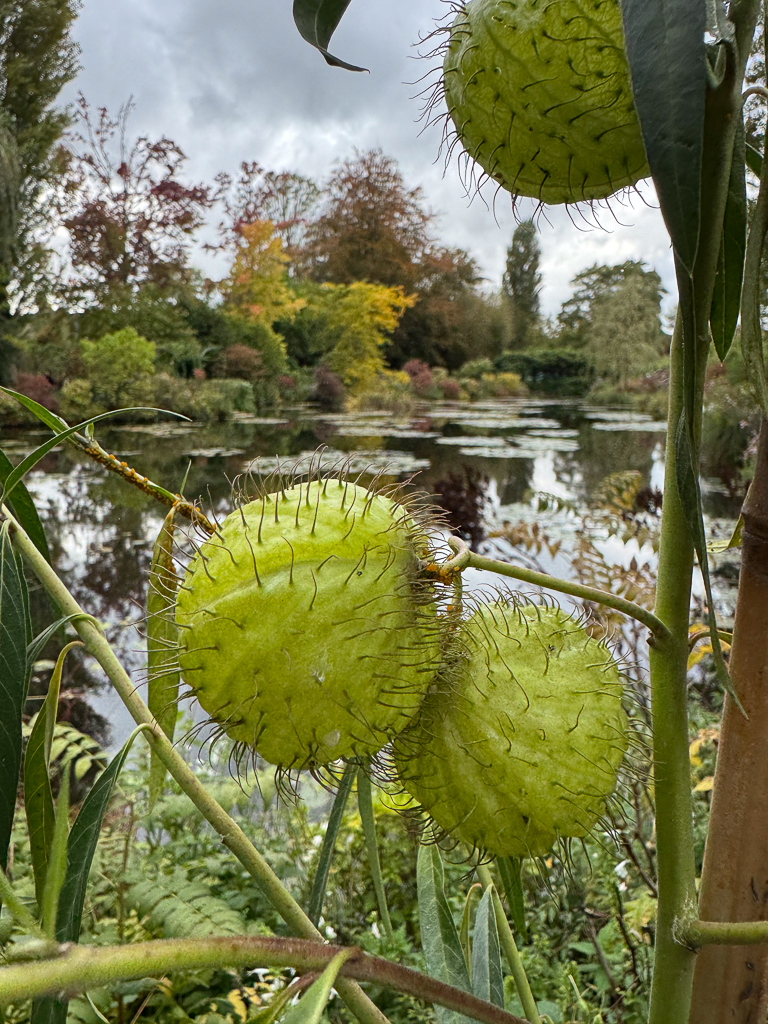
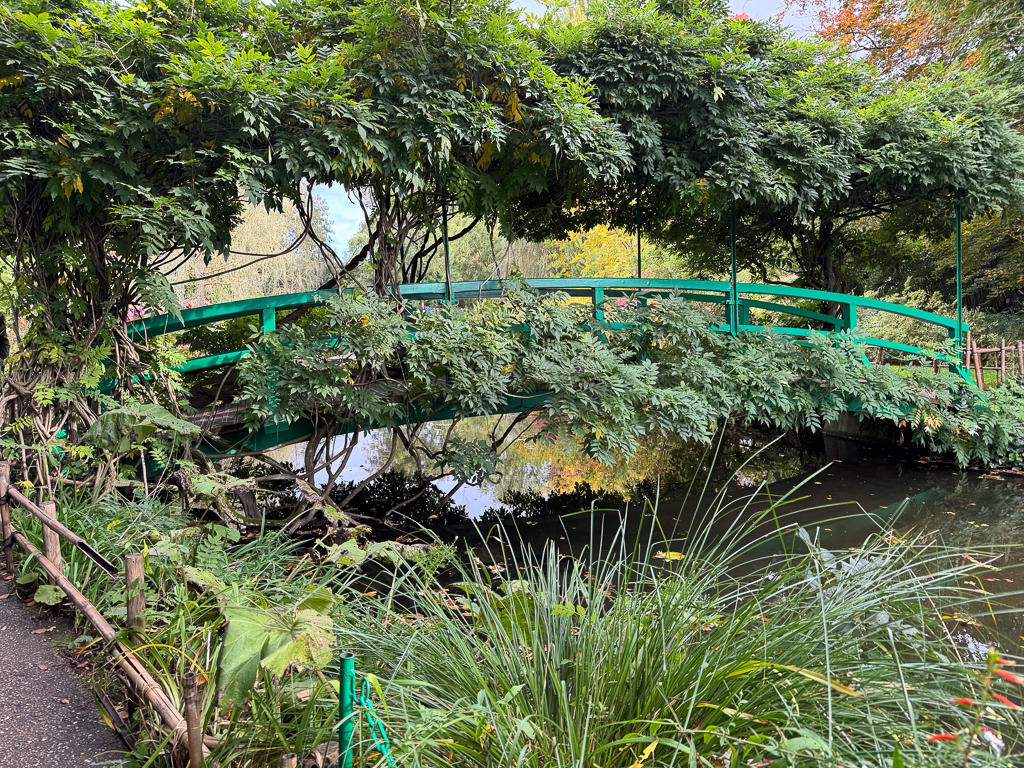
And then we went to the Flower Gardens (Monet described them as “his third child”), with a brief detour to Monet’s house.
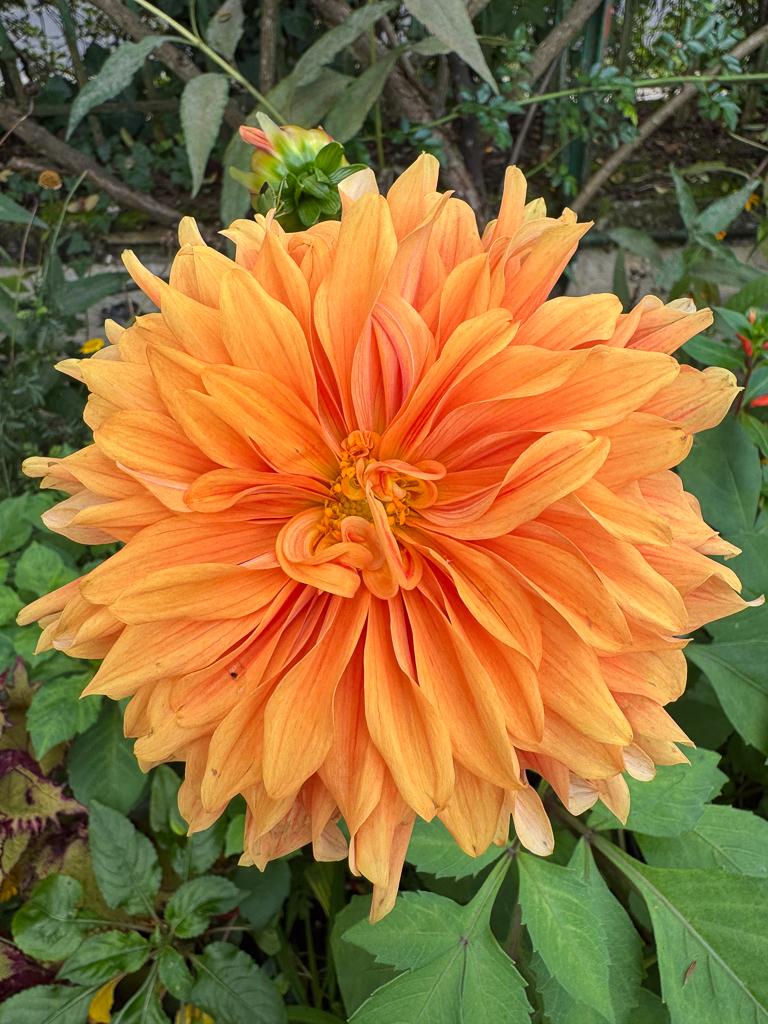
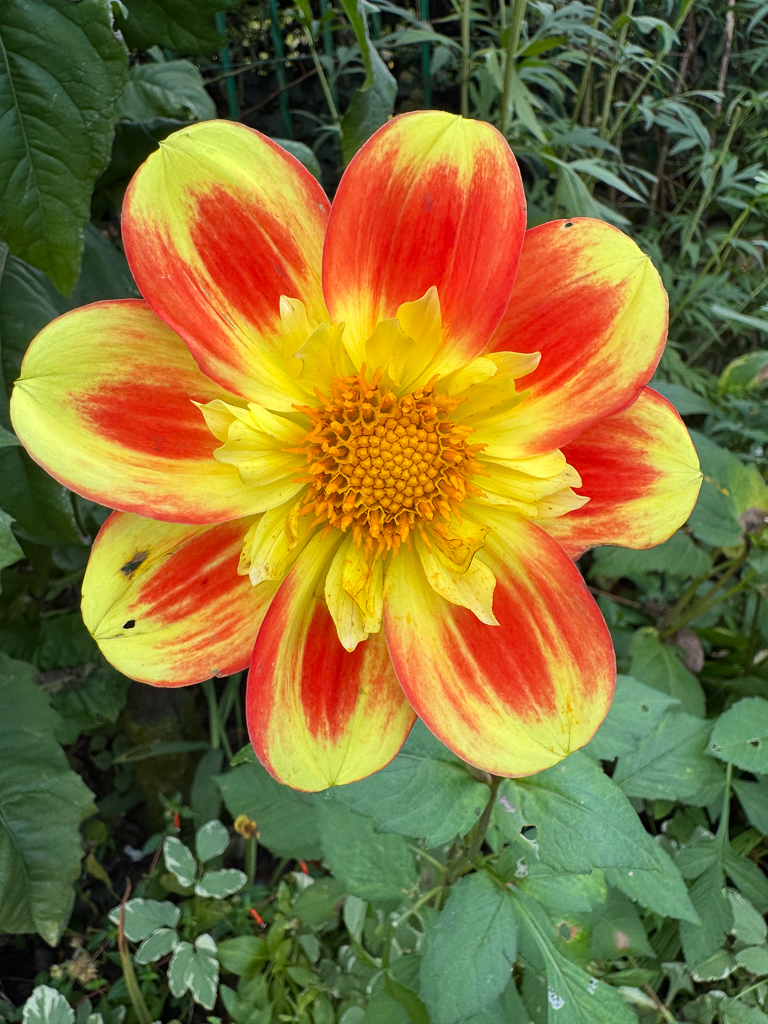
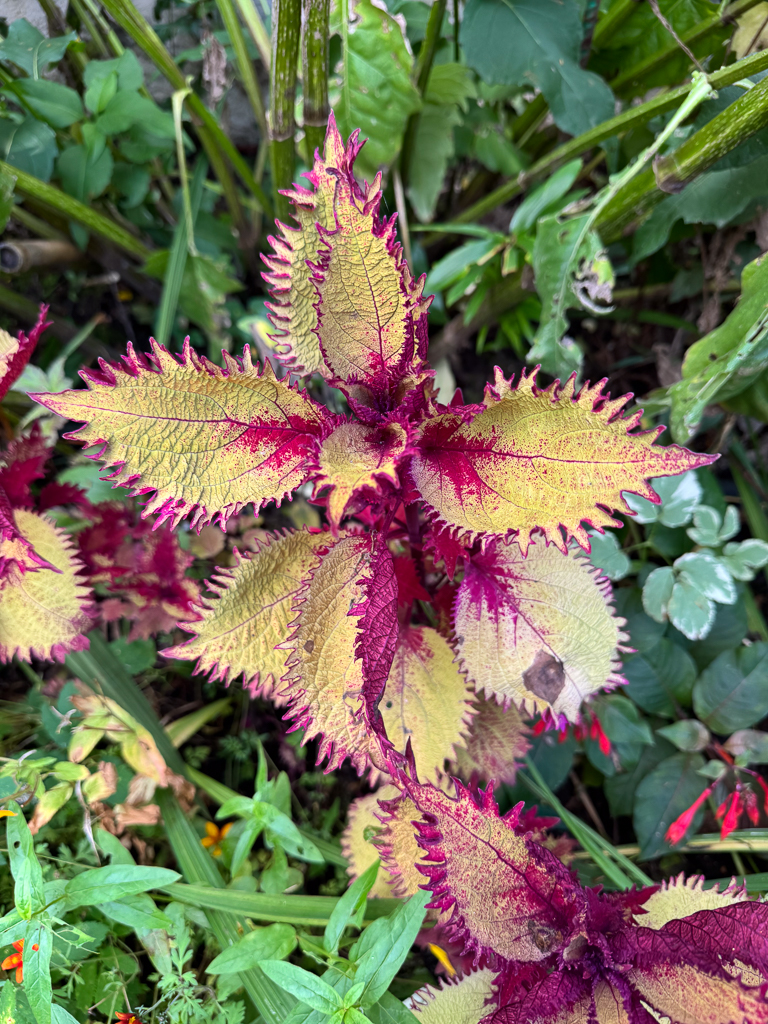
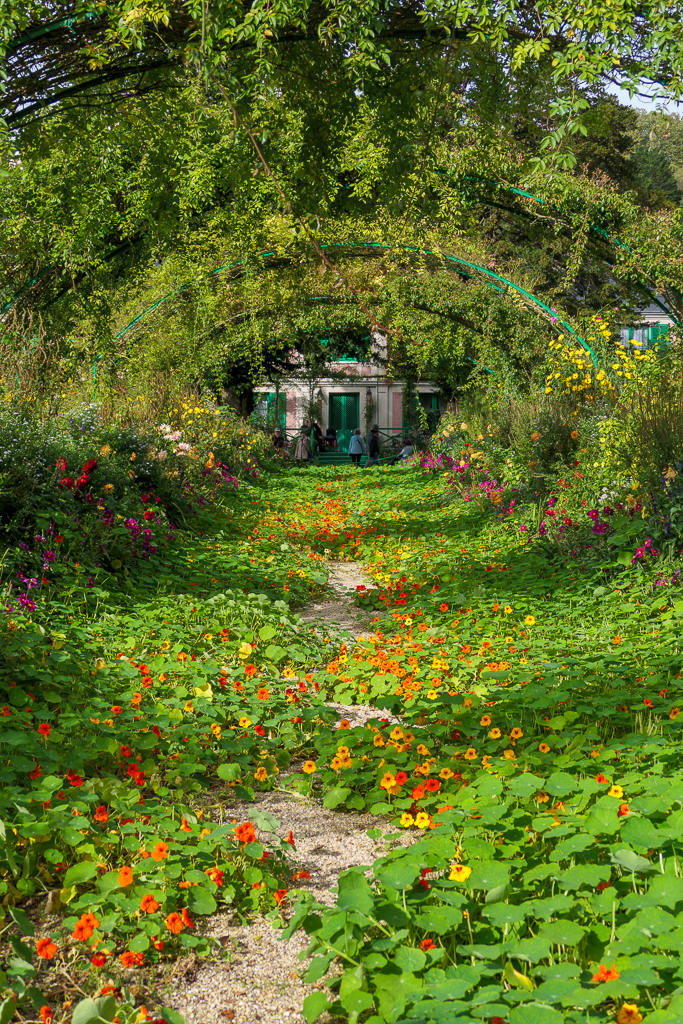
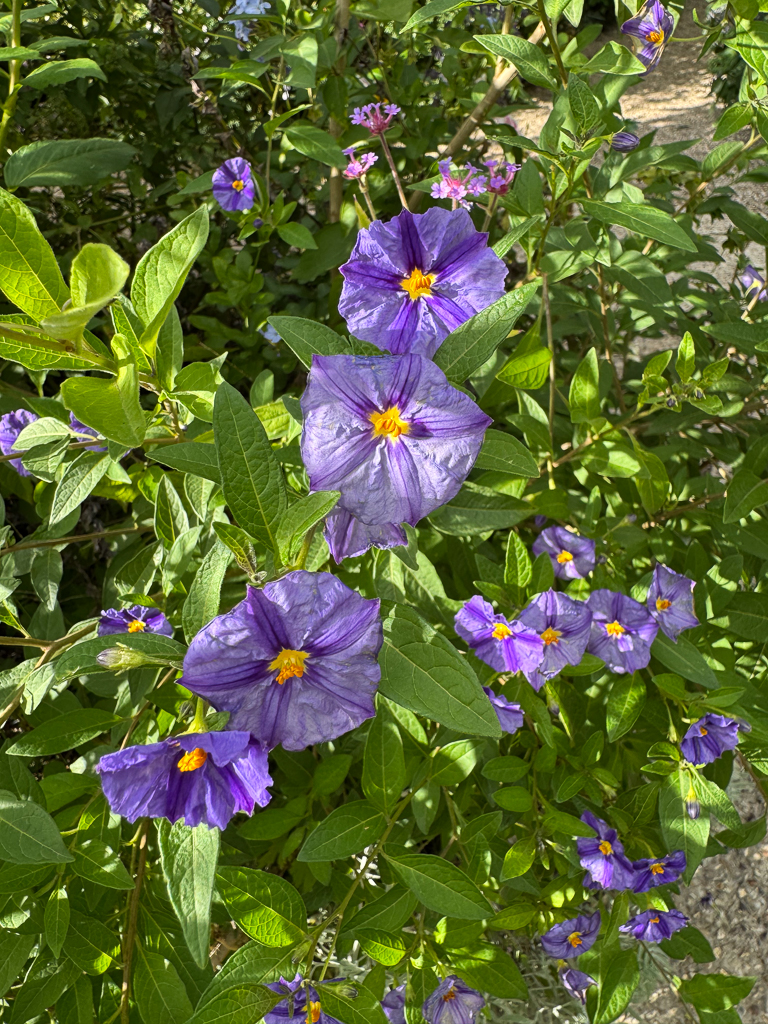
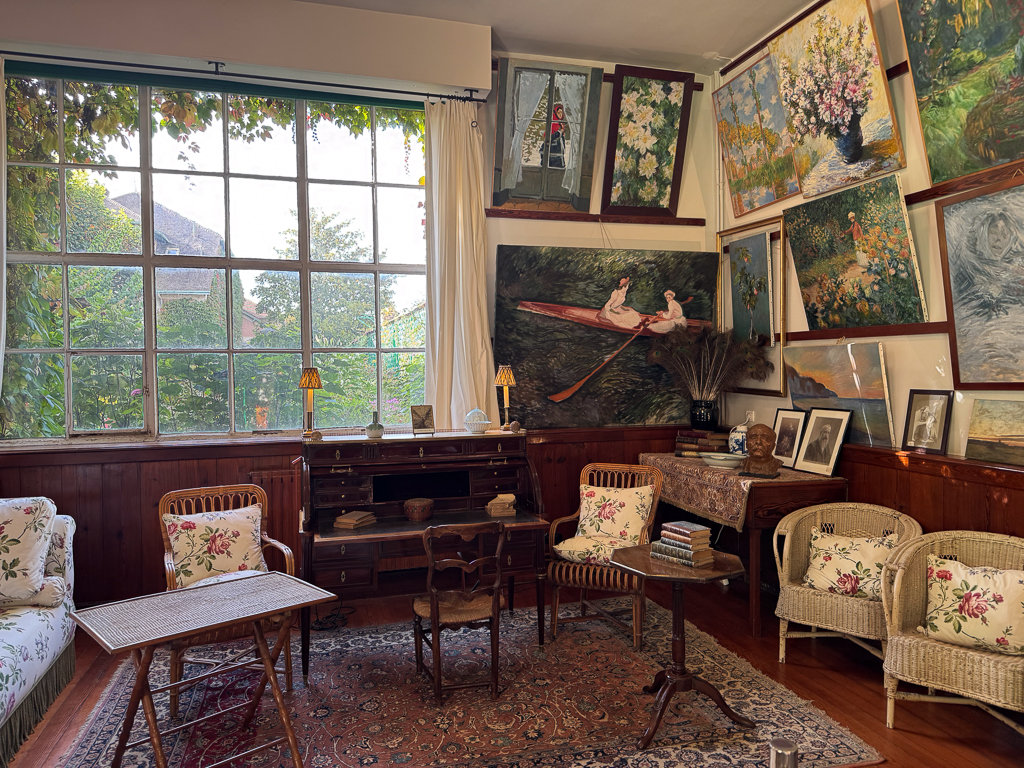
Monet painted the same scene over and over to experience and show it with different light; we went back to the Water Lily Garden one more time to do the same thing with photography.
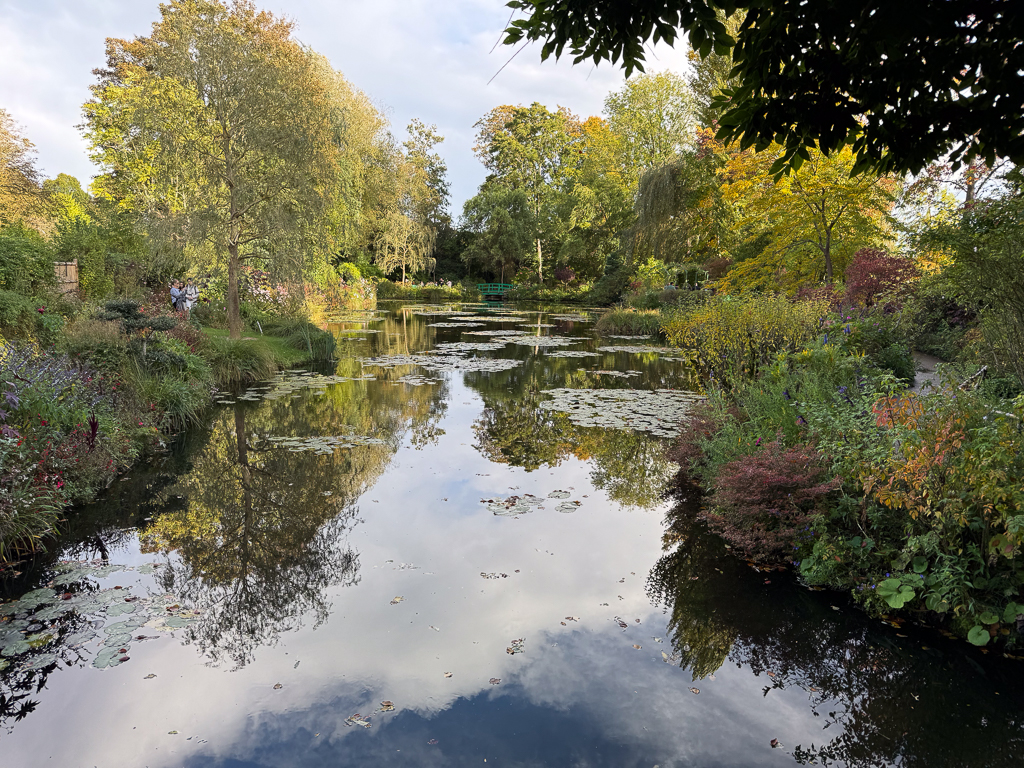
One last stop in the Flower Garden, and then we were on our way back to Paris for the rest of the evening.
